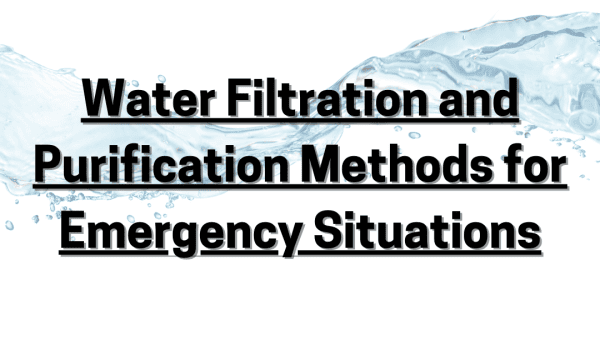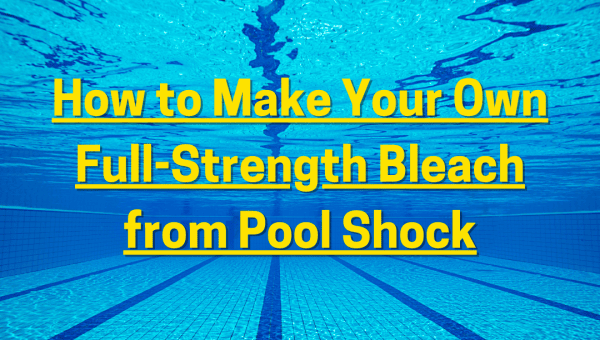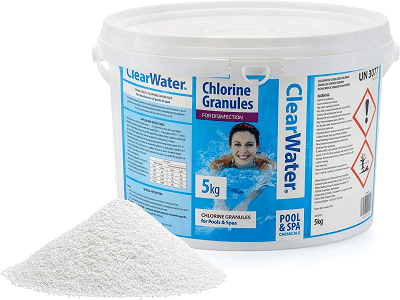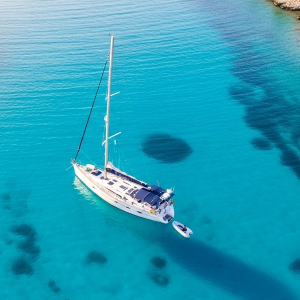In any survival situation, having access to clean water is crucial. Whether you're stranded on a remote island, dealing with a disaster that has disrupted local infrastructure, or preparing for an extended emergency, the ability to convert virtually any water source into clean, fresh water can be a literal lifesaver.
How It Works: A Simple Explanation
The process of converting seawater into freshwater involves several key components that work together to filter, purify, and desalinate the water. Here’s a breakdown of how it works:










 To make your own full-strength bleach from pool shock, follow these steps:
To make your own full-strength bleach from pool shock, follow these steps:
